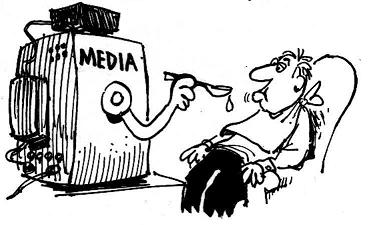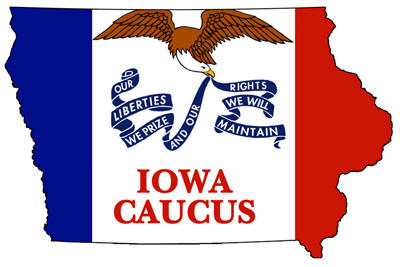 It was 30 years ago today when the space shuttle Challenger exploded 73 seconds after take-off. That event was a sad moment in American history, but it also reminded me on how much news coverage has changed.
It was 30 years ago today when the space shuttle Challenger exploded 73 seconds after take-off. That event was a sad moment in American history, but it also reminded me on how much news coverage has changed.
30 years ago, I was working at KTRH, a news station that sent its own reporter to cover the launch. There was much excitement surrounding the fact that a high school teacher named Christa McAuliffe was selected to join the crew and participate in the mission and the powers that be at the station felt it important to be there live.
While all the major radio networks signed off the air after one minute into the mission, KTRH continued to broadcast the fatal launch and was first to let listeners know about the tragic events that followed. Reporter Sue Davis did a remarkable job of describing the scene while other media outlets scrambled to get back on the air.
I wonder how many local media outlets today would send a reporter and cover and event like that today. In a day of media consolidation and lack of competition, it seems that, more and more, we have to rely on a few outlets for our news coverage.
During the 1992 presidential election, KTRH sent reporters to all three candidate headquarters on election night, bringing local insight on what was the most important thing happening at that moment. Today, we’re lucky if a radio station will bother to broadcast radio network coverage. Yes, TV still does a pretty good job of covering major events, but it’s national coverage and can’t tell us what impact it could have on Houston and the Gulf Coast.
Maybe in today’s world of internet media, where everyone is a journalist, having a local source for news and information is passé, but I still like to know who I’m getting my news from and not rely on some blogger sitting at computer a thousand miles away from what is taking place.
I know this sounds like “back in my day”. Maybe I’m beginning to understand what that really means.


